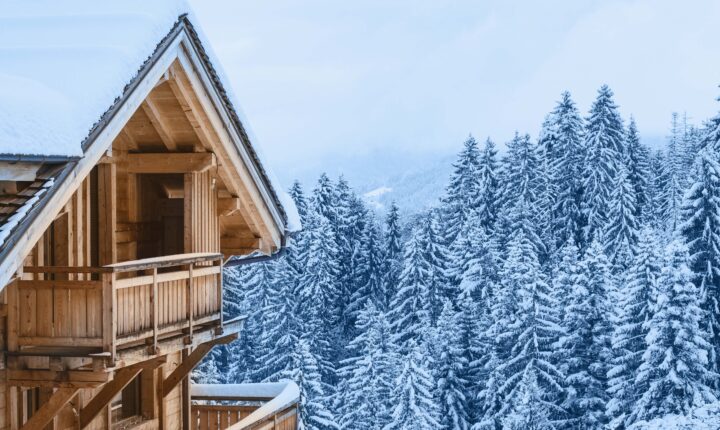Just the PeaksThis newsletter at a glance
|
If short-term rentals are your thing, follow the latest travel trends
2020 was a tough year for short-term rental investors. Widespread lockdowns and travel restrictions had families cancelling their vacations and staying home for what seemed like an eternity. But once pandemic worries faded, people packed their bags, grabbed their stimulus checks, and returned to the travel scene with a vengeance.
In some lucky locations, landlords went from vacant to booked seemingly overnight. After being locked up for so long, travelers were finally ready to let loose during the 2020-2021 winter season. The boom brought in much-needed funds for owners, but we also noticed some interesting inquiries and a slew of unique requests coming from renters.
A new way to getaway
With coronavirus fears still a factor, sightseers skipped the airlines and sought vacation locations closer to home. Working remotely also gave folks more time to spend.
“Interest in rural and more remote properties jumped,” says Aly Yale of Million Acres. “Travelers looked for places to isolate and socially distance rather than party it up or hit cultural hotspots. Stays [also] got longer.”

In years past, owners could bank on their properties being booked at the end of December, early January, and during spring break in March and April. Now, they will have to pivot significantly since seasonality isn’t as predictable as pre-pandemic.
Greater work flexibility is allowing families to travel outside of peak season. We’re also seeing lots of interest in single-family homes over hotels, and local charm over exotic faraway destinations. People are paying big bucks, but they’re playing it safe.
So, what’s the best way to ensure your short-term rental property is profitable during the 2021-2022 winter season? Consider these five current travel trends, courtesy of Everest.
1. Anytime bookings

A recent Airbnb survey revealed that 25% of vacationers are looking to travel during off-peak seasons. This means beachfront abodes are booking well into winter, while snowy destinations are attracting families into late spring and summer.
Families are also choosing weekday getaways as opposed to weekends. Renters should keep remote work and learning in mind when determining availability. Don’t write off Tuesday and Wednesday bookings, as they may be some of your most lucrative.
2. Extended stays

Time and money aren’t a problem anymore.
An AirDNA report shows that travelers continue to book stays well beyond the typical week-long limit: “It seems that longer-term stays weren’t just a flash in the pan. Not only have stays of eight-plus days not returned to pre-pandemic levels; they’ve been steadily rising since the summer.”
When prepping your Airbnb or VRBO rental for winter, be sure to let your lodgers linger. Expand your stay limits to accommodate families’ demand for time. According to AirDNA, “Hosts relying on short, pricy weekend stays will likely need to adjust.”
3. Larger lodgings

Over the past year, families have continued to embrace ‘pod travel’ in which multiple households pull funds and vacation together in isolation. What started out as a quarantine trend has now become a much-desired rental: spacious single-family homes.
“Hosts who managed bigger, single-family units made out best,” says Yale. “[AirDNA] projects these properties to outperform other segments again this year, so if you’re thinking about a new investment, keep this in mind when choosing your property.”
4. Neighboring locales

The closer to home, the better. The majority of Americans are still keeping their plans domestic, as Airbnb reports over 50% of today’s renters choose to stay local. This includes 20% who want to travel but refuse to go anywhere outside of driving distance.
If your rental is located in a small city, tiny town, the mountains, or country, you’ve got great prospects for winter 2021-2022. Be sure to market your property with emphasis on its local charm and rural safety. And don’t forget to enhance your listing by featuring local shopping, events, attractions, and outdoor activities.
5. Purposeful plans

This season’s greatest travel trend is a newfound focus on family. Airbnb reports that 20% of American travelers “rented a vacation home for 28 days or more since the pandemic began. Another 24% say they plan to take more long-term stays in the future.”
Clearly, people aren’t looking for crowded landmarks or hotel lobbies. Instead, they’re hunkering down with the ones they love. As an investor, you can take advantage by offering discounts for longer stays. Consider allowing children and pets to occupy your space. And with solid Wi-Fi and other amenities, families can’t help but move in.




